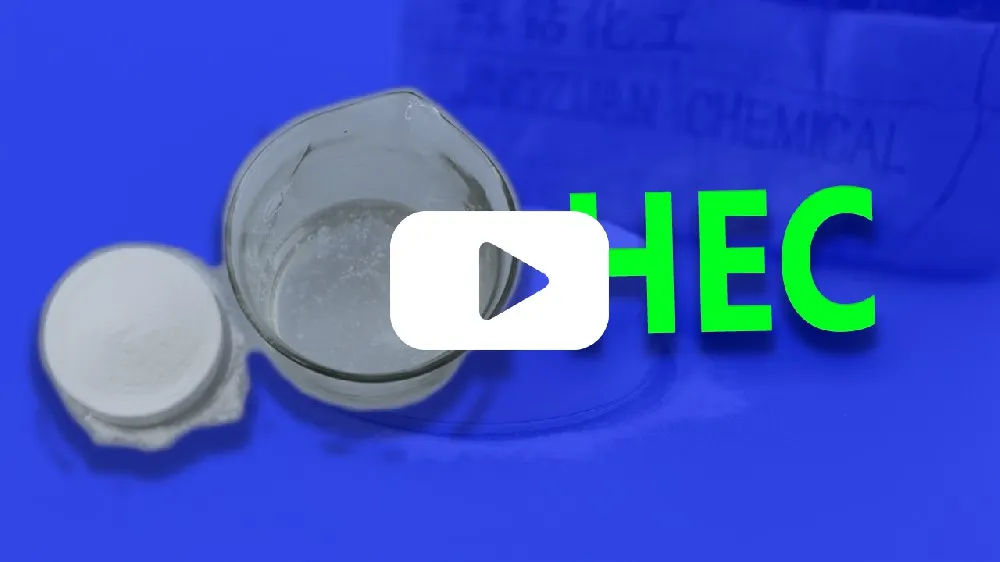
Oct . 11, 2024 08:13 Back to list
uses of hydroxypropyl methylcellulose
Uses of Hydroxypropyl Methylcellulose
Hydroxypropyl methylcellulose (HPMC) is a versatile, non-ionic cellulose ether that has gained significant attention across various industries due to its unique properties and functionalities. Derived from cellulose, HPMC is known for its ability to form gels, enhance viscosity, and act as a thickening agent. Its applications span a wide range of sectors, including pharmaceuticals, food, cosmetics, and construction materials.
Uses of Hydroxypropyl Methylcellulose
The food industry also benefits significantly from HPMC. It acts as a food additive, commonly used to enhance the texture and consistency of products. HPMC is especially prominent in gluten-free formulations, where it helps to improve the structure and moisture retention of baked goods. Its emulsifying properties are advantageous in the production of sauces, dressings, and dairy products, where it helps stabilize emulsions and prevent separation. Moreover, HPMC is used as a thickening agent in various beverages and soups, imparting a desirable mouthfeel and viscosity.
uses of hydroxypropyl methylcellulose

In the cosmetics and personal care industry, HPMC is valued for its thickening and stabilizing properties. It is commonly found in lotions, creams, shampoos, and other topical products, where it contributes to product texture and ensures uniform dispersion of ingredients. HPMC is also recognized for its ability to form films, which makes it an ideal choice for formulating long-lasting cosmetics such as foundations and eye makeup. Its compatibility with different formulations is crucial for the stability and performance of cosmetic products.
In addition to these applications, HPMC is widely used in the construction industry, particularly in cement and plaster formulations. Its water-retention properties are beneficial in preventing the premature drying of substances, which can lead to cracking and reduced strength. HPMC improves the workability of mortars and allows for better adhesion to surfaces, making it an essential component in tile adhesives and joint compounds.
Moreover, HPMC is recognized for its environmentally friendly characteristics, as it is biodegradable and non-toxic, making it a preferred choice for sustainable product development.
In conclusion, hydroxypropyl methylcellulose is a multifunctional polymer with diverse applications across multiple industries. Its properties as a thickening agent, emulsifier, and film-former make it indispensable in pharmaceuticals, food, cosmetics, and construction. As the demand for innovative and sustainable solutions continues to grow, the significance of HPMC is likely to increase, paving the way for further research and development in its applications.
-
Unlocking the Benefits of HPMC Products: A Gateway to Versatile Applications
NewsAug.07,2025
-
Unleashing the Potential of HPMC Ashland: A Comprehensive Look
NewsAug.07,2025
-
Tile Bonding Cellulose: The Key to Superior Adhesion and Durability
NewsAug.07,2025
-
Hydroxypropyl Methylcellulose Powder: The Versatile Component in Modern Pharmaceuticals
NewsAug.07,2025
-
Hydroxyethyl Cellulose: The Versatile Solution for Various Industries
NewsAug.07,2025
-
Hydroxyethyl Cellulose (HEC): The Versatile Polymer for Various Applications
NewsAug.07,2025







